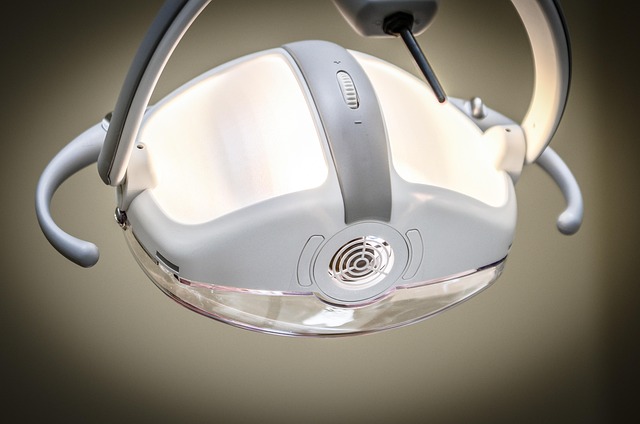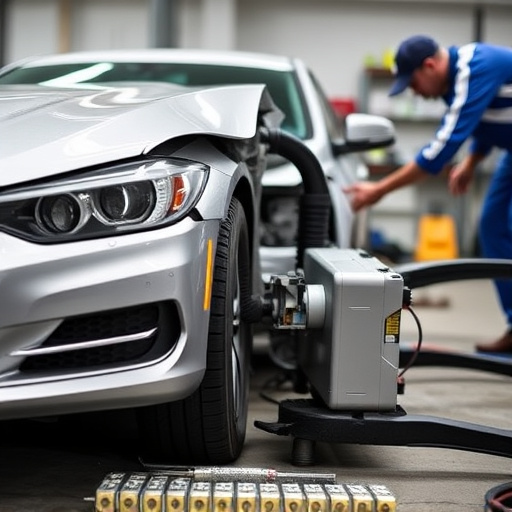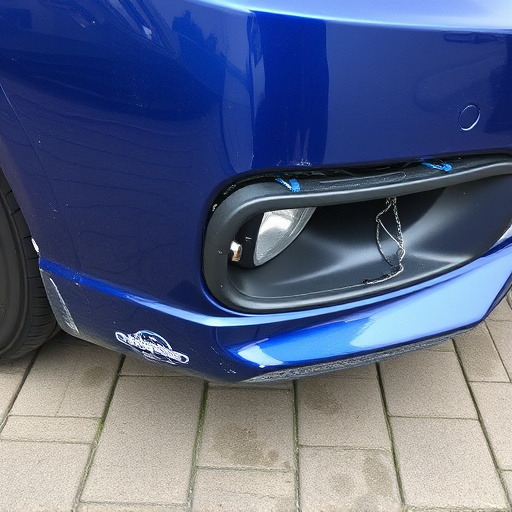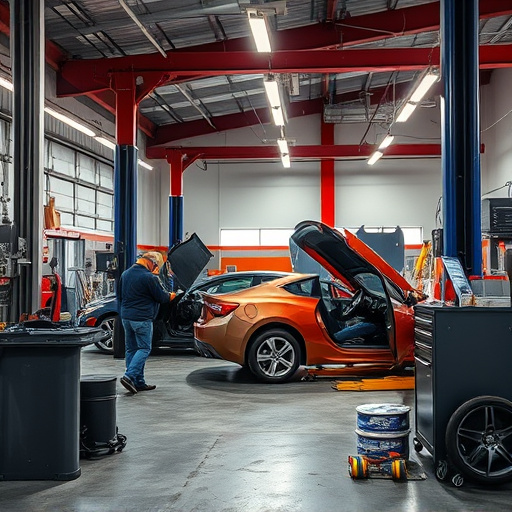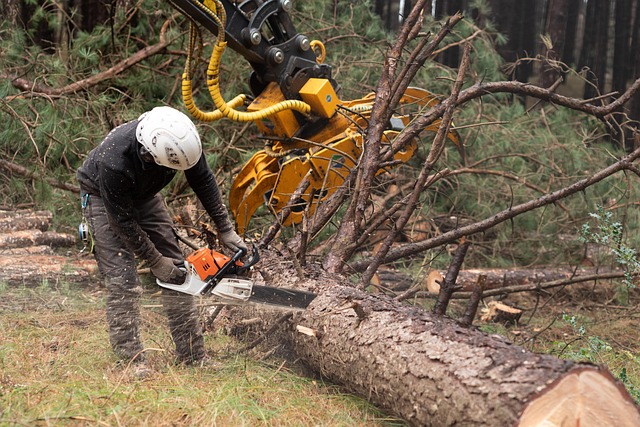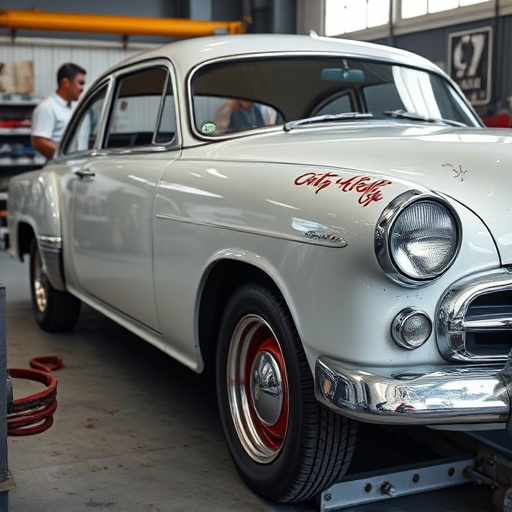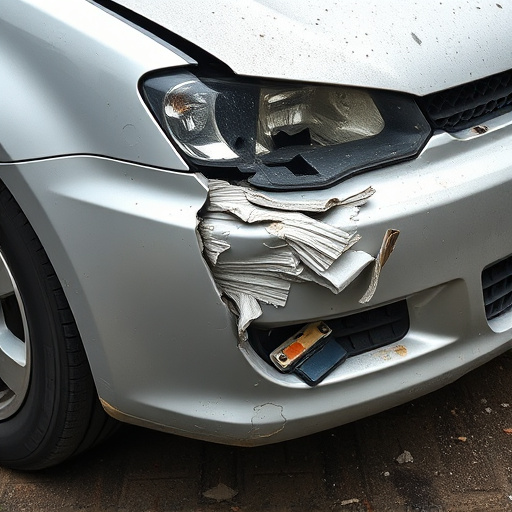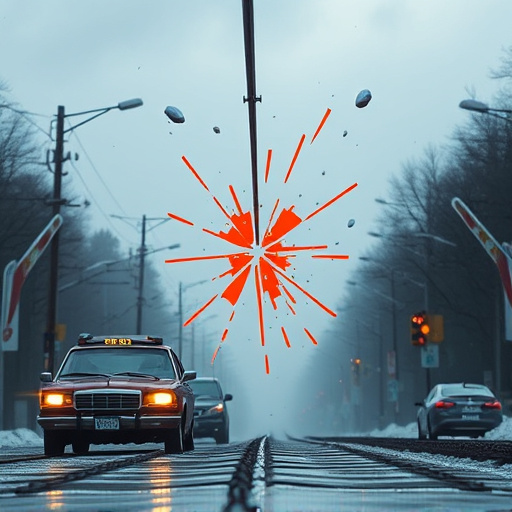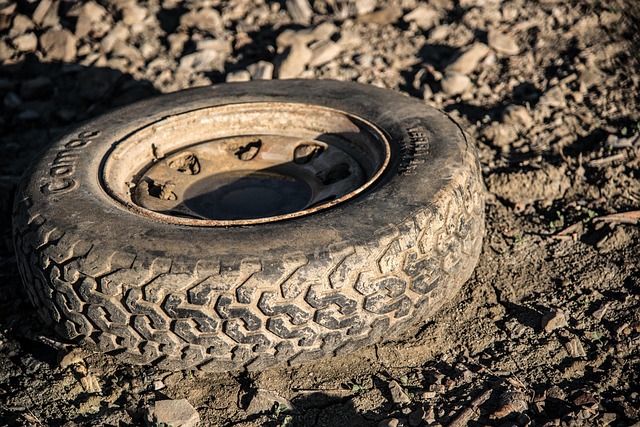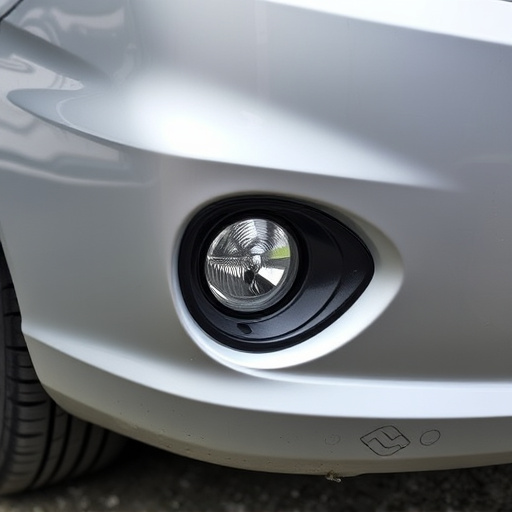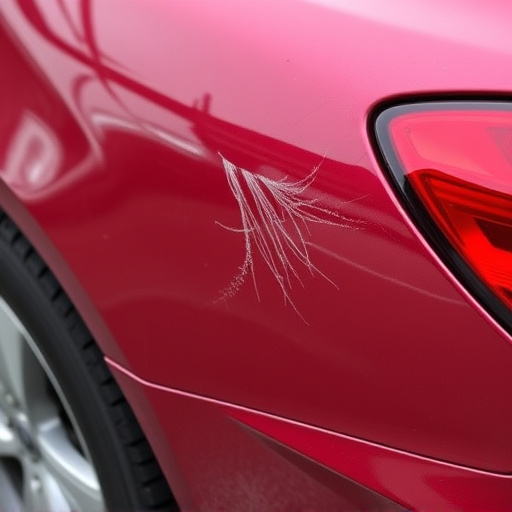After a collision, prioritize safety and document the scene by taking photos, exchanging insurance info, and filing a report. Contact your insurer immediately for guidance on repairs, estimates, and settlements. Their role involves damage assessment, negotiation, and ensuring smooth auto body repairs via approved service providers.
Understanding the collision claim process is crucial for any driver involved in an accident. This comprehensive guide breaks down the initial steps to take after a collision, including documenting the accident scene and navigating insurance claims and settlements. By understanding these key aspects, you’ll be better equipped to handle your collision claim efficiently and ensure a fair outcome.
- Initial Steps After a Collision
- Documenting the Accident Scene
- Navigating Insurance Claims and Settlements
Initial Steps After a Collision

After a collision, the initial steps are crucial in navigating the collision claim process. The first action is to ensure everyone’s safety and call emergency services if necessary. Once safety is secured, gather essential information from the other driver, including their name, contact details, insurance information, and vehicle registration number. Document the incident by taking photos of the damage to both vehicles, exchanging insurance information with the other party, and noting down any witness statements. Contacting your insurance provider as soon as possible is vital; they will guide you through the next steps and assist in filing a collision claim.
Next, it’s essential to report the accident to your insurance company, providing them with all relevant details and documents. They may request additional information or even ask you to visit an automotive body shop for an inspection. It’s recommended to choose a reputable auto body repair facility approved by your insurance provider to ensure seamless claim processing. The collision claim process involves assessing the damage, estimating repair costs, and negotiating with the insurance company. Efficient communication throughout this phase will help expedite the claim settlement and facilitate the necessary auto body repairs.
Documenting the Accident Scene
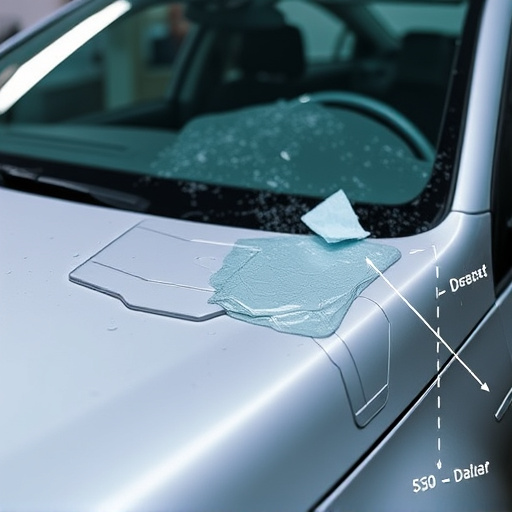
After a collision, documenting the accident scene is a crucial step in the collision claim process. As a driver or a party involved in an accident, capturing detailed evidence can significantly aid in expediting and accurately representing your claim. Take photos of the vehicles from various angles to capture damage, including close-ups of any dents or scratches. If possible, document the entire incident, noting witness statements and descriptions of the scene. These visual records will be invaluable when dealing with insurance companies and car repair shops like luxury vehicle repair centers.
Additionally, gather essential information from other drivers involved, such as their contact details, insurance provider, and policy number. Record any exchange of information, including conversations about the incident, to ensure a comprehensive record. While waiting for emergency services or police arrival, try to stay calm and move your vehicles to a safe location if possible. This meticulous documentation will support your claim and potentially streamline the process, ensuring that your luxury vehicle repair needs are addressed efficiently.
Navigating Insurance Claims and Settlements

Navigating insurance claims and settlements is a crucial step in the collision claim process. After a car accident, the first step is to ensure everyone’s safety and call emergency services if needed. Then, document the incident by taking photos of the damages, exchanging insurance information with the other party involved, and filing a report with local authorities. This documentation becomes vital when filing an insurance claim.
When dealing with an auto body shop or auto repair shop for dent removal or other repairs, it’s essential to contact your insurance company promptly. They will guide you through the process, helping you understand what’s covered under your policy and connecting you with approved service providers. The insurance company will assess the damages and provide an estimate for repairs. Once approved, they will facilitate the settlement, ensuring you receive compensation for the necessary auto repair work, including dent removal if applicable.
Understanding the collision claim process is essential for navigating the aftermath of an accident. By familiarizing yourself with the initial steps, documenting the scene, and managing insurance claims effectively, you can ensure a smoother resolution. Remember, each step in this process plays a crucial role in securing compensation and restoring peace of mind after a collision.
